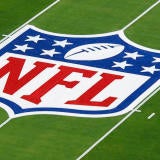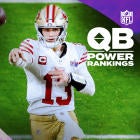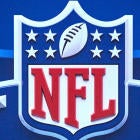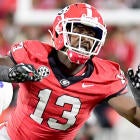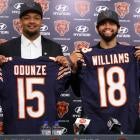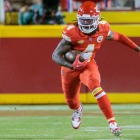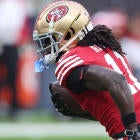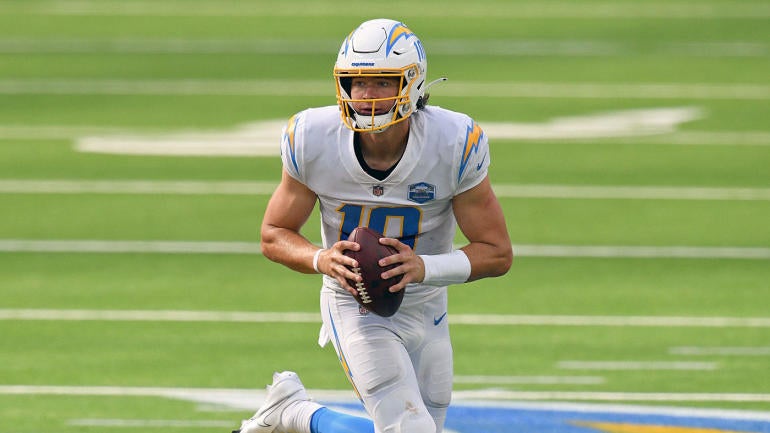
Justin Herbert was a challenging draft evaluation for a unique, basically unprecedented reason. Evaluating quarterbacks is the most complex element of scouting, mostly because the cerebral sharpness needed to succeed at the position isn't necessarily observable on film and can't always be uncovered by analytics.
But mental acuity wasn't what made Herbert a hard-to-peg, polarizing prospect. He excelled in the classroom at Oregon, and during his 42 games for the Ducks he played in every environment and saw every coverage and blitz package imaginable.
Strangely though, despite insane tools at 6-6 and 236 pounds with a live arm and effortless athleticism, in 2019 Oregon restricted Herbert, making him a secondary piece of the offense and focusing on running the football and playing sound defense. Think about that for a second. Oregon had a legitimate contender to be the No. 1 overall pick at quarterback, and had no qualms about placing him in the background of the offense. But, from a team perspective, the philosophy worked. The Ducks went 12-2 and won the Rose Bowl.
But it completely confounded the draft community. Why would Oregon schematically limit Herbert's importance? Why was Herbert playing so conservatively? Where were the deep strikes? The awesome throws while on the move? The long scrambles? Why are they running on third and long?
Fortunately for Herbert, he's finally been unleashed, and we're all witnessing the benefits of the reins being removed from such an inherently talented quarterback.
The Chargers are freeing Herbert in a brilliantly calculated way. When looking at Herbert's percentage of throws made down the field, his 2019 Oregon figures are nearly identical to his rates in his first five contests with the Chargers. Meaning, Los Angeles isn't simply asking him to sling it deep more frequently than he did in his final collegiate season.
Instead, they're putting him in advantageous situations by getting aggressive with their situational pass and run calls. For context on how much Oregon restrained Herbert compared to what the Chargers have done for him in his first five NFL starts, check these run rates for different down and distance situations (2nd and 3rd and long = seven or more yards to go):
| First and 10 run % | Second and long run % | Third and long run % | |
|---|---|---|---|
2019 Oregon | 61% | 43.7% | 20.9% |
2020 Chargers (with Herbert as starting QB) | 54.4% | 32.5% | 6.4% |
While Chargers offensive coordinator Shane Steichen hasn't exactly thrown all caution to the wind with Herbert under center, he's at least trusted Herbert more than Oregon did, which, given the amount of time he spent with each football team, that faith in Herbert seems completely backwards.
And look at how well Herbert's thrown the football in those situations.
| First and 10 | Second and long | Third and long | |
|---|---|---|---|
YPA | 8.13 | 8.73 | 11.93 |
TD | 4 | 1 | 5 |
INT | 1 | 1 | 0 |
| Rating | 103.4 | 101 | 150.3 |
That 150.3 quarterback rating on third and long is currently the highest in the NFL.
See, conventional wisdom has always suggested "protecting" a young quarterback by running the football in hopes of creating third and manageable situations. But that school of thought is based too much in a timid, non-attacking mindset, and as an offense that's a losing mentality.
Recently, analytics have suggested the opposite. Throw on first downs -- when defenses are least expecting it -- and absolutely do not run on second and long -- when defenses are most expecting it. An underlying thought with this new idea is pretty simple but actually novel for some NFL coaches -- try to move the chains before third down.
I love this overarching philosophy because while it can strain a young quarterback, a team will quickly get to see how its young passer performs in those vital scenarios. Sure, a rookie quarterback can be "hidden" by a cautious game plan, but eventually, he's going to have to make critical throws on third and long.
But Herbert's rapid ascension isn't strictly due to Steichen avoiding run plays in less-than-ideal situations. He's thrived from clean pockets, and the analytics community has established that clean-pocket passing is more stable over time for quarterbacks than production under pressure.
Here's how Herbert's fared
| Accuracy % (Rank) | YPA (Rank | TD/INT (Rank) | Rating (Rank) |
|---|---|---|---|
82% (10th) | 8.08 (14th) | 7/1 (T7th) | 112.1 (13th) |
Not bad for someone who wasn't typically entrusted with being the focal point of the offense during his senior season in college.
And, in case you were wondering -- you were -- Herbert's thrived under pressure too. He's currently tied for 12th in Accuracy Percentage while under pressure (70.7%), and his under-pressure rating of 100.9 ranks third in NFL.
Herbert was on the draft radar for a long time. His breakout sophomore year in 2017 showcased his cannon arm, keen processing ability, and supreme athletic gifts. He returned for a senior season at Oregon that was successful for the program but one that painted its longtime star quarterback in a strange light for most of the draft community.
However, the Chargers front office seeing through a masked year for Herbert and picking him at No. 6 overall is on track to be a genius moment of clairvoyance for the franchise.
(All advanced stats courtesy of TruMedia unless otherwise indicated)









